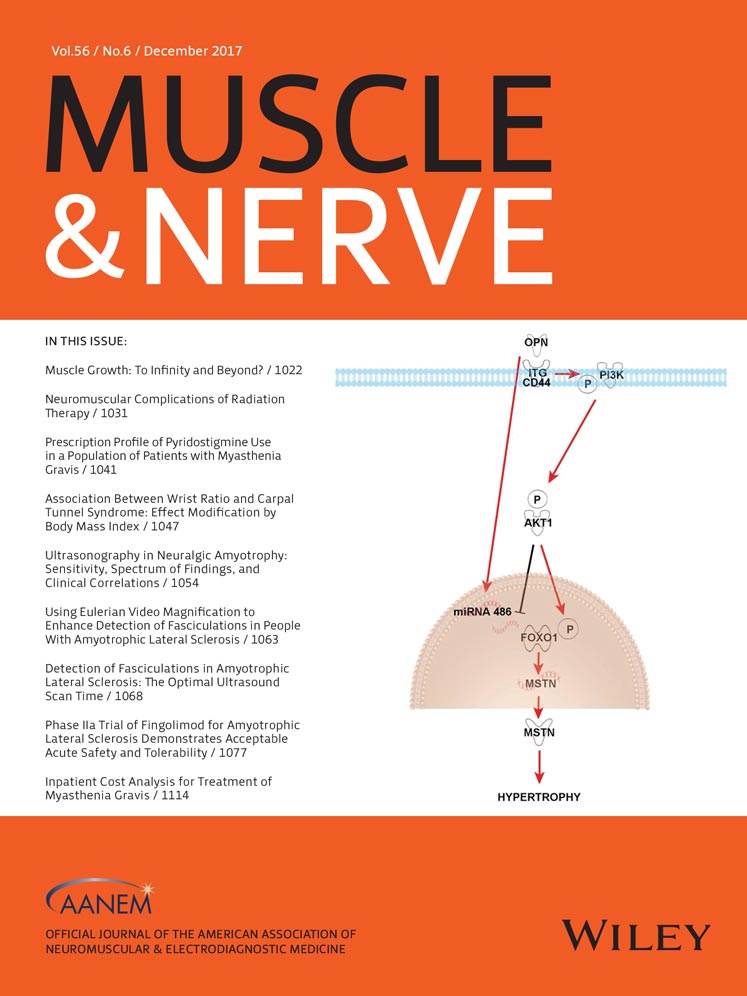Muscle cramp susceptibility increases following a volitionally induced muscle cramp
Funding: Central Michigan University Office of Research and Graduate Studies funded this research.
Conflicts of Interest: All of the authors report no financial conflicts of interest for this work.
ABSTRACT
Introduction
Muscle cramping may increase peripheral nervous system excitability. It is unknown if, and how long, cramp susceptibility is affected by previous cramping. We tested whether volitionally induced muscle cramps (VIMCs) lowered cramp threshold frequency (TFc) and how long TFc was affected post-VIMC.
Methods
Fifteen cramp-prone participants volitionally induced a flexor hallucis brevis (FHB) cramp on 4 separate days. FHB TFc was measured before VIMC (i.e., baseline) and 5, 30, and 60 min post-VIMC. VIMC electromyography (EMG) amplitude, VIMC duration, and perceived VIMC intensity were measured to ensure consistency of VIMC between days.
Results
VIMC EMG amplitude, duration, and perceived intensity were similar between days (P > 0.05). VIMC lowered TFc; baseline TFc (18 ± 6 Hz) was higher than 5-min (14 ± 6 Hz), 30-min (14 ± 5 Hz), and 60-min TFc (14 ± 5 Hz; P < 0.05).
Discussion
Acute VIMCs increase cramp susceptibility. Clinicians should apply treatments for at least 60 min postcramp to decrease the probability of cramp recurrence. Muscle Nerve 56: E95–E99, 2017




